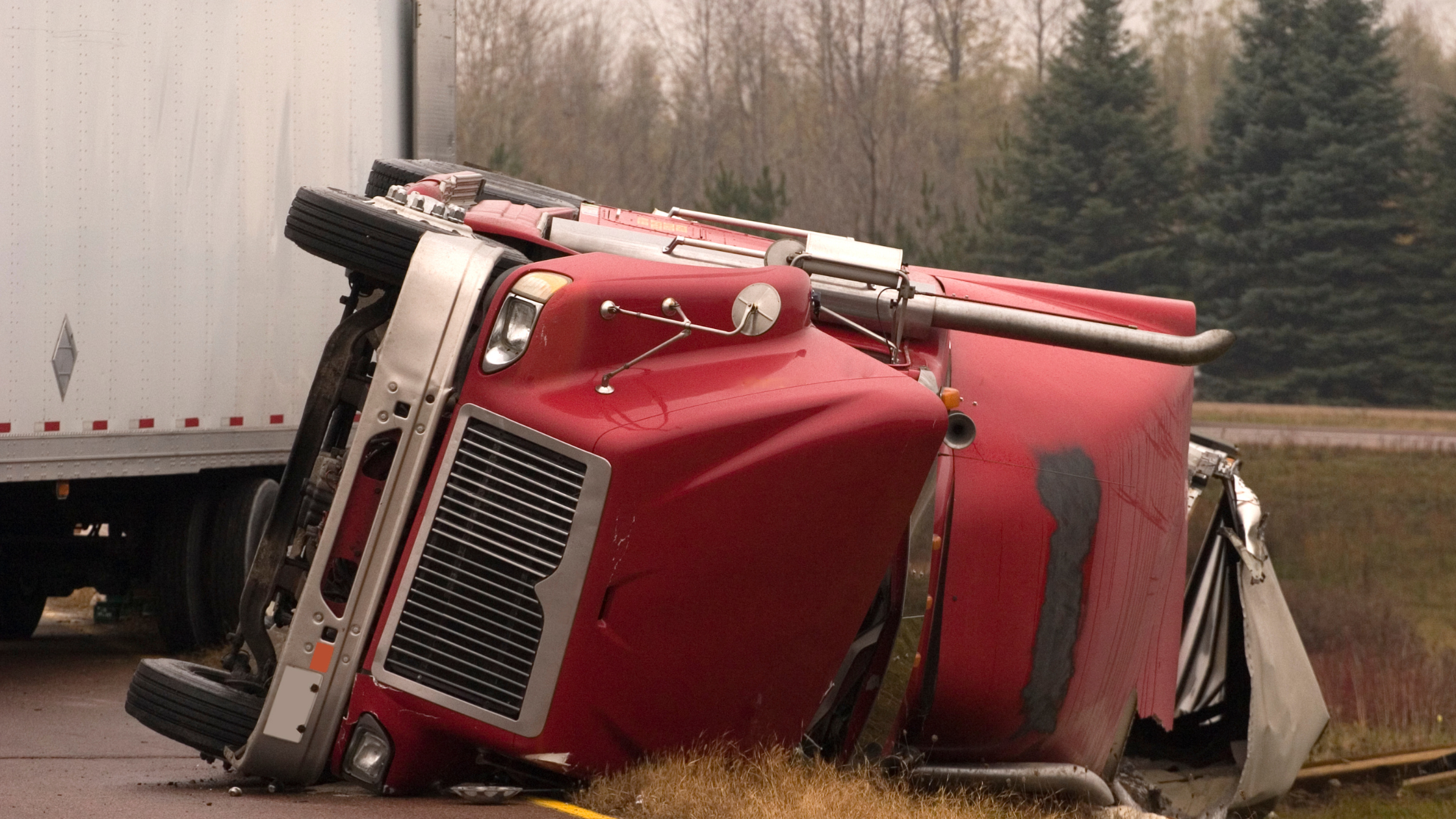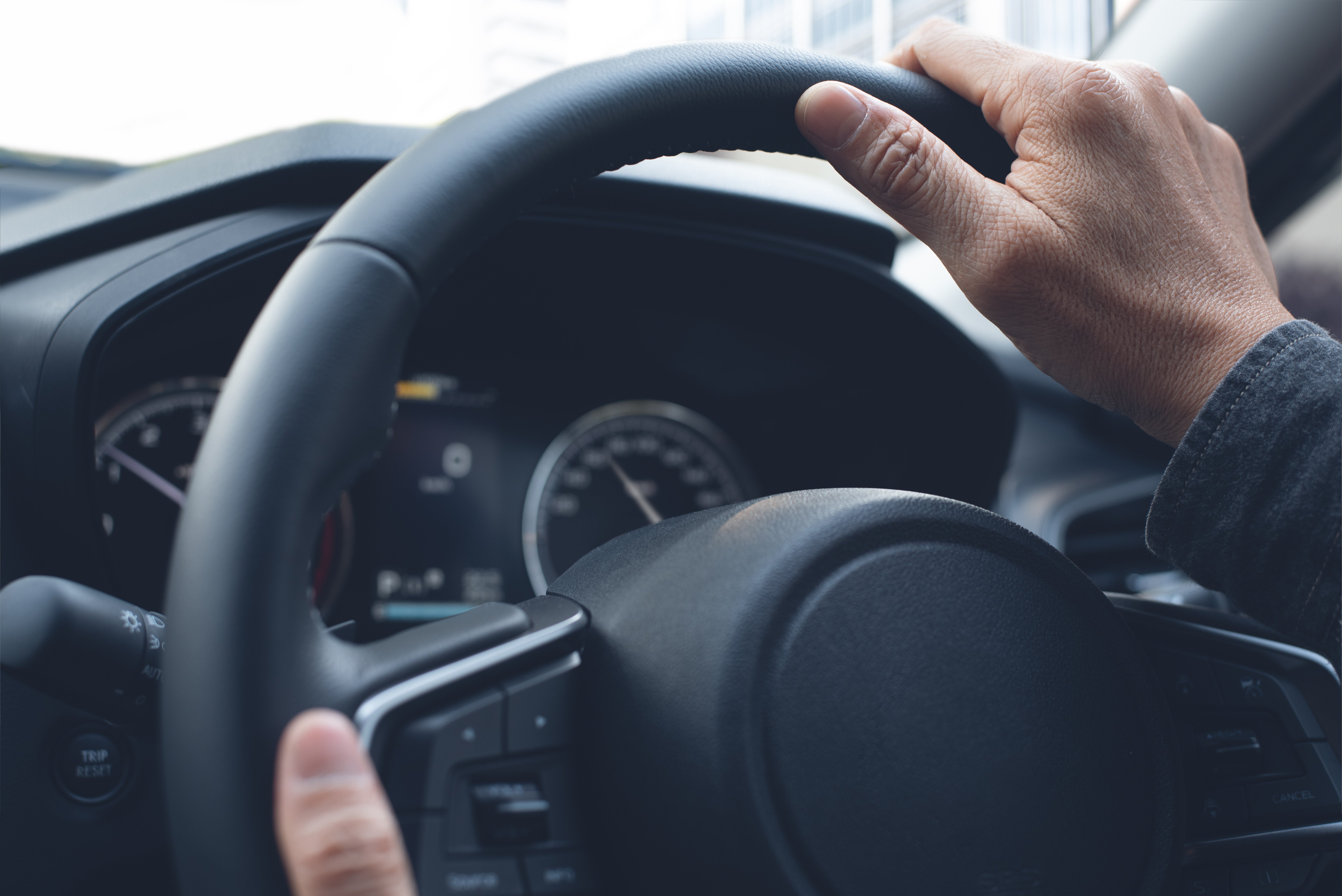
If you’ve ever been in a rollover incident, you know how dangerous it can be. When a vehicle flips onto its side, roof, or end over end, it can cause serious injury to everyone involved. Occupants may even be ejected from the vehicle.
Because there is no time to prepare for or react to such an event, the impact can be severe. However, we can reduce the frequency and severity of rollovers by understanding what causes these incidents and what countermeasures to avoid them.
What Causes a Rollover?
A rollover occurs when the tires grip the road with greater force than the vehicle’s momentum. When this happens, the wheels may slide rather than rotate. This occurrence causes the vehicle to roll.
Due to their higher center of gravity, vans, trucks, and tractor-trailers are at higher risk of rollovers than passenger vehicles. A large and heavy-laden vehicle is more likely to roll over for several reasons — and some of them include what’s happening inside the vehicle.
Speed
Speed increases the chances of a rollover occurring. Taking a corner too quickly leads to greater instability by shifting the vehicle’s center of gravity. Speed also requires quick reactions and greater awareness from the driver, which may lead to sudden braking or swerving in response to a potential hazard.
The driver should avoid swerving wherever possible, as sudden movements can lead to a rollover. If you see a pothole, animal, or road debris too late, it is generally safer to hit it than to take dangerous evasive action. It is also important to ensure the load is packed securely so it will not shift during travel.
Roughly 75% of fatal rollovers occur on rural roads where the speed limit is 55 mph or more. According to the National Highway Traffic Safety Administration, those roads tended to be undivided highways without barriers.
Overcorrecting
Overcorrection is more likely to occur in challenging road conditions (for example, when driving across snow, ice, gravel, or in inclement weather). If you lose control, hard braking and abrupt steering can exacerbate the problem by unbalancing the vehicle and causing it to tip or roll. Avoid acting out of panic. Remain calm and aim high to stabilize the vehicle. You can use gradual changes in speed and position to get back to where it needs to be.
Sharp turning and overcorrection can result in a pendulum effect on the vehicle. Lateral force can cause the momentum to move from side to side, which might end with a roll, especially of a larger vehicle.
Distracted or Emotional Driving
A driver may lose control of their vehicle because they’re driving while distracted or tired. Hitting a curb or an obstacle in the road can change the vehicle’s center of gravity, causing it to roll. Aggressive behavior like acceleration and heavy braking, swerving, or taking corners at high speeds increases the chance of a vehicle rollover. This event can be prevented by remaining calm and prioritizing a smooth and safe journey.
External Causes of Rollovers
While there are many things drivers can do to lower their chances of a rollover, there are outside factors that also contribute to the potential risks. Drivers should be especially cautious and alert when these factors are present.
Road Design
Roundabouts can cause an issue for large high-sided vehicles. The multiple direction changes that are required to enter and exit a roundabout make them potential sources of vehicle rollover. Long vehicles are also more likely to catch a corner, which can lift the inside wheel and throw the center of gravity towards the outside of the curve.
Camber
Roads are often higher in the center and slope down towards the edge, so rainwater can drain away. The camber can tip a vehicle towards the edge of the road, adding to potential imbalance, especially on a roundabout. This can increase the chance of a rollover, even at speeds as low as ten mph.
Sideways forces, which develop when a vehicle moves around a curve, can shift the center of gravity to one side and can have quite an effect on the vehicle's balance. The lateral forces can increase with speed and also with quick changes of direction.
Friction
Inconsistent roads might cause a vehicle to slide and regain grip. This can cause the center of gravity to move too far to either side of the vehicle or trailer. Slippery sections of road aren’t only caused by rain, snow, and ice. They can also include areas of tar bleed or where sand or gravel are spilled onto the road.
Ensure all your tires are in good shape and properly inflated to the recommended pressure. Check the inflation pressure regularly, as poor tire inflation can contribute to a vehicle rollover, especially on variable road surfaces.
Proactive Prevention
Many rollovers can be avoided through actions taken by the driver. By following The Smith5Keys®, drivers can remain vigilant behind the wheel.
Key 1: Aim High in Steering® gives you more visibility and time to react more gradually to developing hazards. This allows you to avoid sudden changes of direction and lessens the need for evasive actions.
Key 2: Get The Big Picture® provides awareness of everything around your vehicle. By establishing a proper following distance and eliminating visual barriers, you can see potential hazards and react to them in good time.
Key 3: Keep Your Eyes Moving® ensures your mind stays active and focused. This helps resist the effects of fatigue and unnecessary distractions.
Key 4: Leave Yourself an Out® maintains a cushion of space and avoids close proximity to other vehicles, reducing the chance of a collision and creating time and space for safer responses.
Key 5: Make Sure They See You® communicates your presence to other road users. By using warning devices and signals, other drivers are more likely to see you and drive with more consideration.










